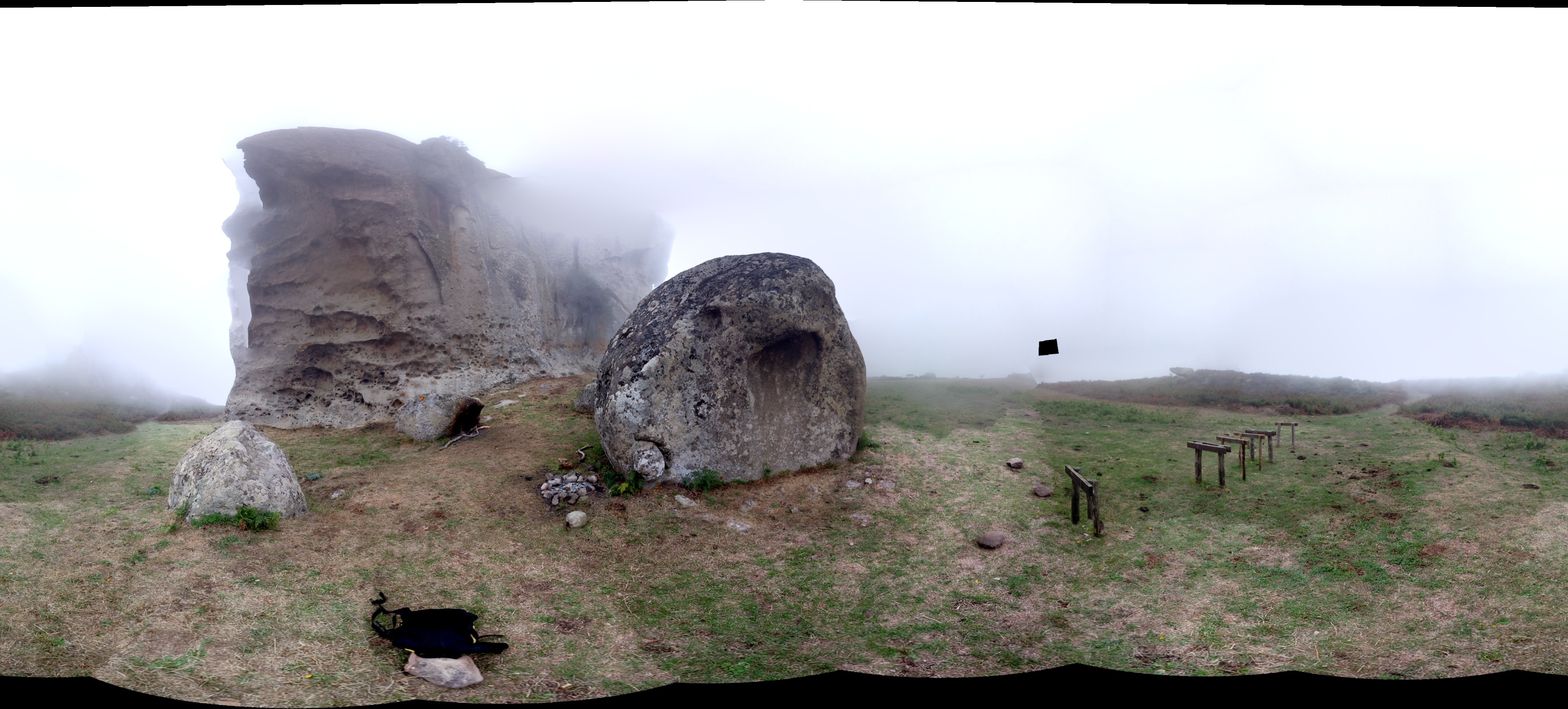Argimusco
L’Argimusco è un altopiano che si trova in Sicilia, poco a nord dell’Etna, all’incirca al confine tra i monti Nebrodi e i Peloritani, ed è diviso amministrativamente tra i comuni di Montalbano Elicona, Tripi (che sorge sul sito dell’antica Abacaenum) e Roccella Valdemone.
In questa zona sorgono numerosi roccioni di arenaria quarzosa modellati in forma curiosa e suggestiva. La tradizione popolare ha identificato questi megaliti, con l’opera di popolazioni preistoriche: antichi menhir e quasi irriconoscibili dolmen. I geomorfologi e gli archeologi propendono piuttosto per l’origine assolutamente naturale di queste forme, dovute in particolare all’erosione eolica.
Tra i megaliti più notevoli, nei pressi della Portella Cerasa si ergono maestosi, solenni e vagamente minacciosi due grandi massi di forma allungata, che richiamerebbero i simboli della virilità e della femminilità, mentre un altro megalite poco distante avrebbe aspetto di aquila e vi sarebbe stato inciso il simbolo del sole.
Più a ovest, in località Portella Zilla, una costruzione pastorale ingloberebbe i resti di un dolmen con davanti un gran masso, che sarebbe quanto resta di un menhir rovinato al suolo.
Attorno a questi presunti monumenti non sono stati trovati segni dell’uomo preistorico (ceramiche, utensili Cialis, ossa umane, ecc.).
The Argimusco is a high plateau situated just North of Mount Etna in Sicily, between the Nebrodi and Peloritani Mountains. It lies within the boundaries of the communes of Montalbano Elicona, Tripi (which is built on the site of the ancient Abacaenum) and Roccella Valdemone.
Numerous megaliths, which local tradition attributes to a prehistoric population, are found in this area, as are ancient menhirs and almost unrecognisable dolmens. It is generally considered that these are, in fact, completely natural, being produced by wind erosion.
Amongst the most noteworthy megaliths, around Portella Cerasa, stand two majestic, solemn and rather menacing large elongated boulders, which recall the symbols of virility and femininity, whilst another megalith, not far way, has the appearance of an eagle and is incised with a symbol of the Sun that was worshipped as a god.
Further west, at Portella Zilla, a rustic building enclosed the remains of a dolmen with a huge boulder in front, which may be the remains of a fallen menhir.
No signs of prehistoric man’s presence, such as pottery, tools or bones, are found around the presumed monuments.


